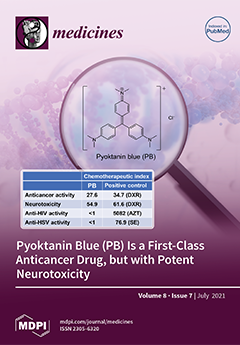Background: Metabolic phenotypes are the result of an intricate interplay between multiple factors, including diet, genotype, and the gut microbiome. Per–Arnt–Sim (PAS) kinase is a nutrient-sensing serine/threonine kinase, whose absence (PASK
−/−) protects against triglyceride accumulation, insulin resistance, and weight gain on
[...] Read more.
Background: Metabolic phenotypes are the result of an intricate interplay between multiple factors, including diet, genotype, and the gut microbiome. Per–Arnt–Sim (PAS) kinase is a nutrient-sensing serine/threonine kinase, whose absence (PASK
−/−) protects against triglyceride accumulation, insulin resistance, and weight gain on a high-fat diet; conditions that are associated with dysbiosis of the gut microbiome.
Methods: Herein, we report the metabolic effects of the interplay of diet (high fat high sugar, HFHS), genotype (PASK
−/−), and microbiome (16S sequencing).
Results: Microbiome analysis identified a diet-induced, genotype-independent forked shift, with two discrete clusters of HFHS mice having increased beta and decreased alpha diversity. A “lower” cluster contained elevated levels of
Firmicutes, Bacteroidetes, Actinobacteria, Proteobacteria and
Defferibacteres, and was associated with increased weight gain, glucose intolerance, triglyceride accumulation, and decreased claudin-1 expression. Genotypic effects were observed within the clusters, lower cluster PASK
−/− mice displayed increased weight gain and decreased triglyceride accumulation, whereas upper PASK
−/− were resistant to decreased claudin-1.
Conclusions: These results confirm previous reports that PAS kinase deficiency can protect mice against the deleterious effects of diet, and they suggest that microbiome imbalances can override protection. In addition, these results support a healthy diet for beneficial microbiome maintenance and suggest microbial culprits associated with metabolic disease.
Full article




